The Island of Ustica
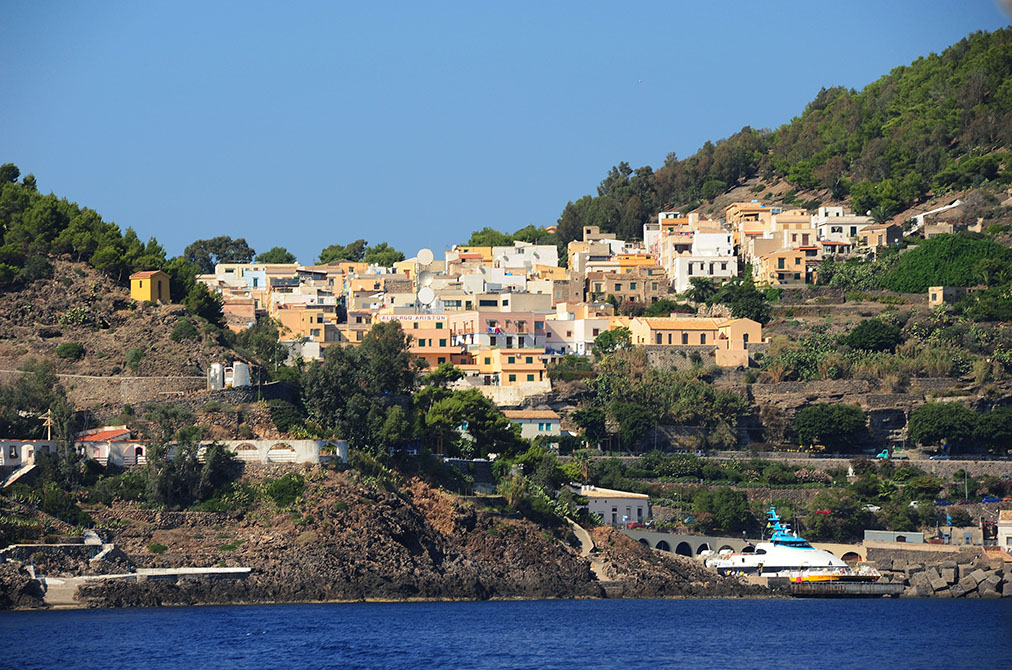
Ustica is an island situated on the Tirreno sea at 36 miles in the north of Palermo with an extension of about 9 Km. It was born from the action of a volcano, whose activity begun in the Neozoic age about a million of years ago .
Discover Ustica
History
Excavations begun in 1989 at Faraglioni have unearthed what was a large prehistoric village dating from the 14th to the 13th century BC. The foundations of some 300 stone-built houses were discovered, and the defensive walls of the settlement are among the strongest fortifications of any period known in Italy. It is believed that these early settlers came over from the Aeolian Islands.
In historic times, the island has been populated at least since about 1500 BC by Phoenician peoples. In ancient Greece, the Island was named Osteodes (ossuary) in memory of the thousands of Carthaginian mutineers left there to die of hunger in the 4th century BC. The Romans renamed the island Ustica, Latin for burnt, for its black rocks. The island is also known locally as the “black pearl”.
In the 6th century, a Benedictine community settled in the island, but was soon forced to move because of ongoing wars between Europeans and Arabs. Attempts to colonize the island in the Middle Ages failed because of raids by Barbary pirates.
In the mid-18th century, the island was settled by approximately 90Â people from the island of Lipari, an island also located north of Sicily, but east of Ustica. They brought with them the patron saint of Lipari, Bartholomew the Apostle, who became the patron saint of Ustica as well. In the mid- to late 19th century and early 20th century, as the population of the island grew too large, hundreds of Ustican families emigrated to the United States. Many of these families settled in New Orleans and surrounding areas, where there are today thousands of descendants whose ties remain strong to Ustica. A smaller number of families settled in San Jose and San Francisco, in New York, and in Massachusetts.
Fascist prison island
During the Fascist years in Italy and until the 1950s, Ustica was used as an island prison. Benito Mussolini banished thousands of political opponents to Ustica, often as many as 1,500 at a time; many were homosexuals. Both Antonio Gramsci and Amadeo Bordiga were sent there.[1] In the early 1940s Yugoslav war prisoners were crammed onto the island, bringing with them malnutrition and tuberculosis. In the 1950s they were followed by suspected Mafia hoods expelled from Sicily.[2]
Environment
Location of Ustica in the Tyrrhenian Sea.
The island is characterized by reduced sources of water, and the vegetation is consequently scarce. The coast has numerous rocks and grottoes.
.grigio{display:none;}
#slidermio{display:none;}
hr{width:100%;}
@media (width:768px){
#testo{height:auto; margin-top:-18%;}
}
@media (max-width:1024px){
#testo{height:auto;}
}
Discover Ustica
x Image Slide General SEO New Window Image Title Text Image Alt Text
x Image Slide General SEO New Window Image Title Text Image Alt Text
x Image Slide General SEO New Window Image Title Text Image Alt Text
x Image Slide General SEO New Window Image Title Text Image Alt Text
x Image Slide General SEO New Window Image Title Text Image Alt Text
x Image Slide General SEO New Window Image Title Text Image Alt Text
x Image Slide General SEO New Window Image Title Text Image Alt Text
x Image Slide General SEO New Window Image Title Text Image Alt Text
x Image Slide General SEO New Window Image Title Text Image Alt Text
x Image Slide General SEO New Window Image Title Text Image Alt Text
x Image Slide General SEO New Window Image Title Text Image Alt Text
x Image Slide General SEO New Window Image Title Text Image Alt Text
x Image Slide General SEO New Window Image Title Text Image Alt Text
x Image Slide General SEO New Window Image Title Text Image Alt Text
x Image Slide General SEO New Window Image Title Text Image Alt Text
x Image Slide General SEO New Window Image Title Text Image Alt Text
x Image Slide General SEO New Window Image Title Text Image Alt Text
x Image Slide General SEO New Window Image Title Text Image Alt Text
x Image Slide General SEO New Window Image Title Text Image Alt Text
x Image Slide General SEO New Window Image Title Text Image Alt Text
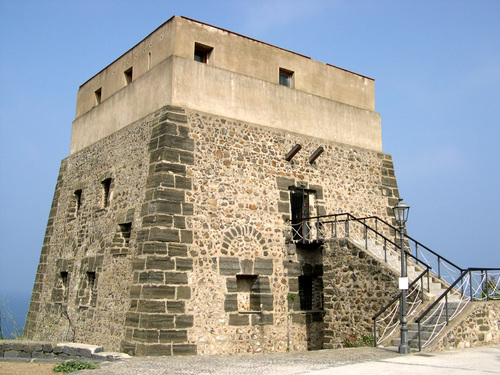
Cala S. Maria Tower
Situated on Cala Santa Maria, originally housed military; then stopped the need to defend it became housing for local authorities and later prison until remained abandoned. Since 1972, the date of the first restoration, is intended to accommodate the Archaeological Museum , which marked an important moment of cultural promotion. The exhibition method offers a rational selection of materials relevant to more representative human settlements of the island. Important is the space dedicated to the materials of the average of Bronze Age village from the Faraglioni rocks, remarkable both for the amount and the variety of forms of material culture.
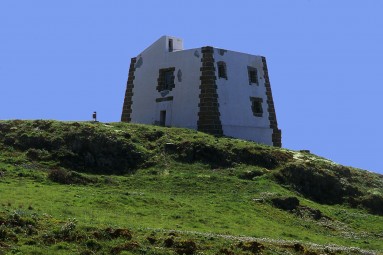
Spalmatore Tower
Built in 1763 as a warning tower and defence against pirate raids, was later used as a Carabinieri barracks for the colony of confinement and also for private housing. After a period of abandonment was restored and entrusted to the Natural Marine Reserve. Inside today is possible to see underwater movies or to visit the library of the sea and scientific research laboratory.
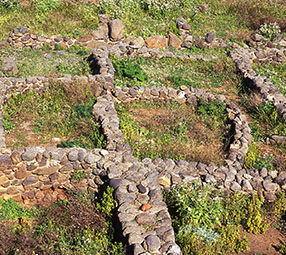
Pre-historic village
Nearby Faraglioni rocks, was discovered a settlement dating back to the Bronze Age, with circular huts which were placed upon square huts. The village is crossed by a “main street”, which denotes the existence of an urban plan and the recognition of public places, feature unique to the age. The village was defended by walls made up of two curtain, 6 m wide at the base and reinforced by towers semicircular. The missing section of wall and the presence of huts on the stack also suggest that the stack was originally connected to the mainland and that the fall (probably due to an earthquake) is probably the cause of the sudden abandonment of the village.
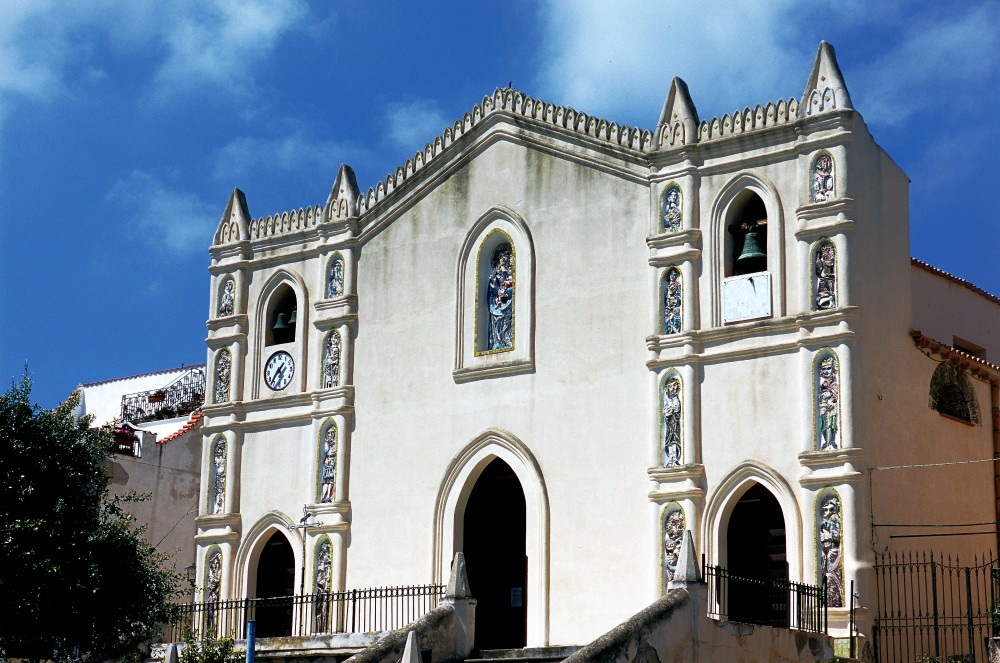
The church of S. Ferdinando Re
The church, dedicated to St. Ferdinando Re, was manufactured in 1768. Ruined for a flood, was rebuilt in 1787 and enlarged in 1800. At present in the church you see seven funeral epigraphs that were originally placed on the ground along the aisles. These are now placed on the walls at the entrance, where they were probably placed following the renovation of the floor.
